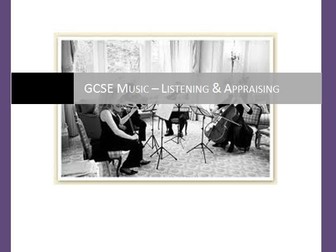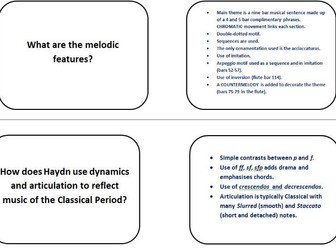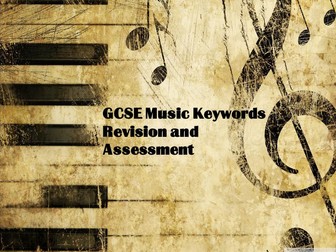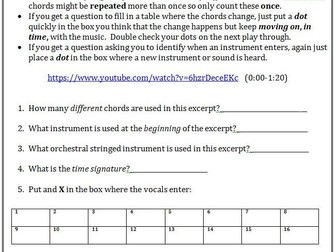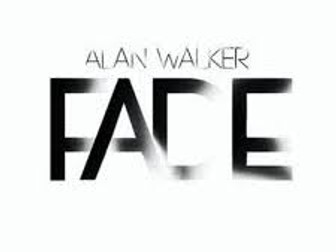
A Level Music compositional techniques.
A comprehensive resource for all A2 Music examination boards, covering advance compositional techniques used to attract higher grades. This tutorial covers what the examiners are looking for and equips students with a range of techniques and scale/modes that can be used to create musical backdrops in a composition.
Areas covered:
Use of Extended Chords
Rhythmic Backgrounds: moods in music
How to write and develop motifs
Use of suspensions
Lydian mode
Whole tone
Diminished scales
All slides have accessible original musical scores and sound files to support each technique.


